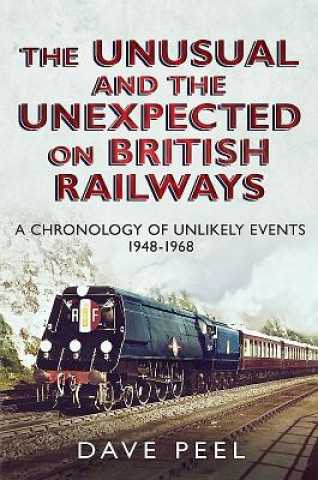
Kod: 01353239
Unusual and the Unexpected on British Railways
Autor Dave Peel
Prior to the nationalisation of the railways in 1948, Britain's rail network was operated almost exclusively by four private companies. The 'Big Four' as they were called - the Great Western, the Southern, the London Midland & S ... więcej
- Język:
 Angielski
Angielski - Oprawa: Twarda
- Liczba stron: 352
Wydawca: Fonthill Media Ltd, 2013
- Więcej informacji o książce

37.05 €
Zwykle: 42.72 €
Oszczędzasz 5.67 €
Dostępność:
50 % szansa Otrzymaliśmy informację, że książka może być ponownie dostępna. Na podstawie państwa zamówienia, postaramy się książkę sprowadzić w terminie do 6 tygodni. Gwarancja pełnego zwrotu pieniędzy, jeśli książka nie zostanie zabezpieczona.
Otrzymaliśmy informację, że książka może być ponownie dostępna. Na podstawie państwa zamówienia, postaramy się książkę sprowadzić w terminie do 6 tygodni. Gwarancja pełnego zwrotu pieniędzy, jeśli książka nie zostanie zabezpieczona.Przeszukamy cały świat
Zobacz książki o podobnej tematyce
-

Philippine Short Stories
59.46 € -

Doodle a Day Keeps the Stress Away
14.42 € -23 % -

Contemporary Strategy Analysis
67.65 € -

Milk Fed
9.51 € -27 % -

Liar, Liar House on Fire
16.78 € -

A Witch in Time
18.52 € -4 % -

Black Clover, Vol. 11
10.12 € -22 % -

Coverley Papers from the Spectator
23.94 € -4 % -

Musical ConverSings with Children
202.37 € -12 % -

Sailing Ships Paintings & Drawings
23.64 € -4 % -

Homebuilding and Woodworking
19.64 € -18 % -

Spirited Away Film Comic, Vol. 2
10.23 € -13 % -

Religion of Evolution
29.68 € -

Second Treatise of Government: AND A Letter Concerning Toleration
8.08 € -4 %
Bon podarunkowy: Radość gwarantowana
- Podaruj bon o dowolnej wartości, a my się zajmiemy resztą.
- Bon podarunkowy dotyczy całej naszej oferty.
- Możesz wydrukować elektroniczny bon z e-maila a następnie przekazać go obdarowanemu.
- Ważność bonu wynosi 12 miesięcy od daty wystawienia.
Powiadomienie o dostępności
Wpisz swój adres e-mail, aby otrzymać od nas powiadomienie,
gdy książka będzie dostępna. Proste, prawda?
Więcej informacji o Unusual and the Unexpected on British Railways
Za ten zakup dostaniesz 92 punkty
 Opis
Opis
Prior to the nationalisation of the railways in 1948, Britain's rail network was operated almost exclusively by four private companies. The 'Big Four' as they were called - the Great Western, the Southern, the London Midland & Scottish and the London & North Eastern - were not only nationalised in 1948, but consolidated into one large concern: British Railways. Each of the Big Four had built up its own system of working in its own geographic area with its own rolling stock, staff and livery. Thus, BR inherited a diverse mix, not only of physical plant, but of traditions and loyalties developed over generations. Additionally, management had to grapple with many and varied constraints in its desire to improve efficiency and create a nationally recognisable system. Also, cash was in short supply and much of the existing equipment was old, run down and in urgent need of attention. Further, all the major railway companies had a large number of restrictions as to which engines and stock could go where, even on their own system. Axle loading was often the deciding consideration and this governed which engine types could run on specific lines over which bridges and at what speed. For example, LNER Pacifics were banned entirely from East Anglia. Also, loading gauges differed on the national infrastructure. All these considerations impinged on BR's desire to introduce a modern range of steam engines of its own, so that these would have the widest route availability. This, by and large, they successfully achieved, though in later years even the new BR diesels had more restrictions placed upon them than was originally envisaged. The Unusual and the Unexpected on British Railways: A Chronology of Unlikely Events 1948-1968 is an assiduous and personal trawl on how BR overcome such engineering incompatibilities and bureaucratic confusion on a national scale. This engaging tribute is a historical and rail engineering document, which despite plans and intentions to unite the country with a single operating network, shows how daunting such a restructuring was.
 Szczegóły książki
Szczegóły książki
Kategoria Books in English Lifestyle, sport & leisure Transport: general interest Trains & railways: general interest
37.05 €
- Pełny tytuł: Unusual and the Unexpected on British Railways
- Autor: Dave Peel
- Język:
 Angielski
Angielski - Oprawa: Twarda
- Liczba stron: 352
- EAN: 9781781552346
- ISBN: 1781552347
- ID: 01353239
- Wydawca: Fonthill Media Ltd
- Waga: 886 g
- Wymiary: 254 × 170 × 34 mm
- Data wydania: 06. June 2013
Ulubione w innej kategorii
-
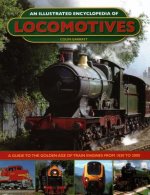
Illustrated Encyclopedia of Locomotives
16.57 € -23 % -

Orient Express
67.35 € -
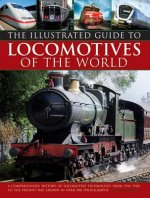
Illustrated Guide to Locomotives of the World
16.47 € -5 % -

Union Pacific Railroad
17.70 € -23 % -

Passenger Information System: Design Manual for the Swiss Federal Railways by Josef Muller-Brockmann
46.26 € -4 % -

Lonely Planet Amazing Train Journeys
21.28 € -19 % -

Diesel and Electric Trains
17.70 € -23 % -

Wimbledon to Beckenham Before Tramlink
31.42 € -

Loks der türkischen Eisenbahn TCDD
20.77 € -4 % -

Reisezugwagen 2 - Sitz- und Gepäckwagen
47.49 € -4 % -

Reisezugwagen 3 - Speise-, Schlaf- und Salonwagen
47.49 € -4 % -

British Rail Departmental Locomotives 1948-68
22 € -23 % -
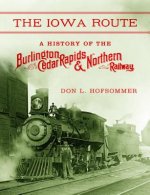
Iowa Route
85.67 € -
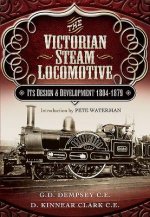
Victorian Steam Locomotive: Its Design and Development 1804-1879
22 € -23 % -
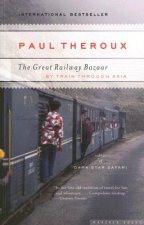
Great Railway Bazaar
18.31 € -6 % -

Rail Atlas Europe
30.09 € -23 % -

Loks und Triebwagen der DDR
19.44 € -4 % -

Highland Railway
17.90 € -4 % -

London Underground By Design
27.42 € -23 % -
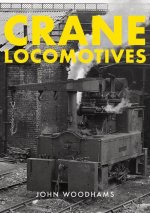
Crane Locomotives
19.95 € -13 % -

Diesels and Electrics in London and the South East
18.11 € -16 % -
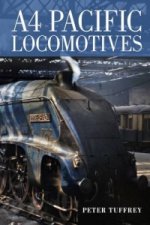
A4 Pacific Locomotives
24.66 € -23 % -

Mallard
20.77 € -14 % -

Romney Rail
28.55 € -

Remembering the Pennsylvania Railroad
26.81 € -2 % -

abc Rail Guide
24.66 € -23 % -

Deutsche Dieselloks
19.44 € -4 % -

British Freight Trains
17.70 € -23 % -

50 Greatest Train Journeys of the World
10.53 € -19 % -
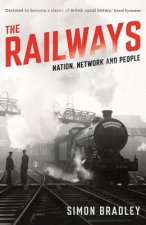
Railways
13.30 € -23 % -

InterCity 225
19.95 € -13 % -

British Rail Designed 1948-97
43.60 € -23 % -

Two Centuries of Railway Signalling
43.19 € -13 % -

Class 08/09 Locomotives
19.95 € -13 % -

Branch Lines Around Swansea
29.88 € -

Rails Across Europe: Northern and Western Europe
45.65 € -

Bath Tramways
28.35 € -

Swiss Traction
26.09 € -

Benelux Railways
17.70 € -23 % -

Locomotives of the Western United States
23.23 € -3 % -
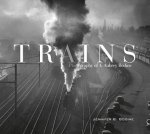
Trains: Photography of A. Aubrey Bodine
29.47 € -6 % -

British Rail Main Line Locomotives Specification Guide
50.15 € -2 % -
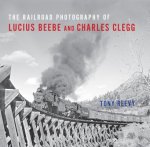
Railroad Photography of Lucius Beebe and Charles Clegg
39.40 € -4 % -

What's in a Name?
7.46 € -

Atlas of the Railways in South West and Central Southern England
43.70 € -23 % -

Faszination Eisenbahn 2024
19.95 € -10 % -

Allied Railways of the Western Front: ?Narrow Gauge in the Arras Sector
56.19 € -

German National Railway in World War II
43.50 € -6 % -

Union Pacific Country
34.69 € -4 %
Collection points Bratislava a 2642 dalších
Copyright ©2008-24 najlacnejsie-knihy.sk All rights reservedPrivacyCookies


 15549 collection points
15549 collection points Delivery 2.99 €
Delivery 2.99 € 02/210 210 99 (8-15.30h)
02/210 210 99 (8-15.30h)